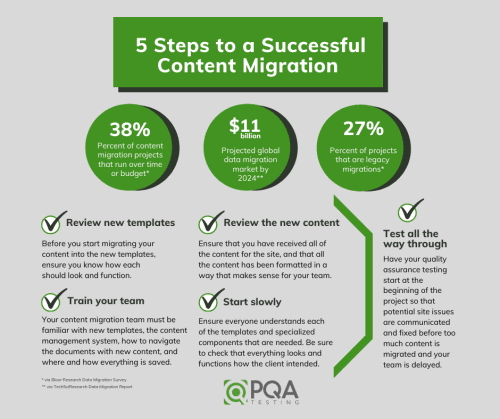And now, we pass things over to Chris:
What was most helpful to getting started on the right foot? What else could have been done?
The most helpful thing for getting started on the right foot with any project is asking questions. In my experience with software testing and content migration, asking questions, and asking them early, is the best way to get an understanding of what is expected and how best to meet those expectations.
As a software tester, I have learned that it is always best to ask questions when they arise and avoid making assumptions. Making assumptions during a content migration project can lead to more work down the road.
Also, having clear and simple lines of communication with the project’s developers is valuable for all members of the content migration team, and will encourage them to check assumptions or concerns they might have earlier in the process. This both expedites the process and quality of content migration, as well as opens up the conversation to include additional points of view to produce a cohesive, high-quality product of which both team members and clients can be proud.
What advice would you give to a team who is getting started with their content migration to ensure they are successful?
For a successful project, there needs to be a process in place to prepare the team, and training that allows them to understand their tasks and how to achieve them using the required tools. Learning what work has been done previously, including design, layout and development, is often immensely helpful to understand the workflow and how best you, as an individual, fit into the project.
All team members should be comfortable that they can succeed before they are expected to perform quality work. Part of this also involves having a strong project management team to coordinate getting started, and to establish a clear hierarchy for where to ask questions and where to get help when needed.


